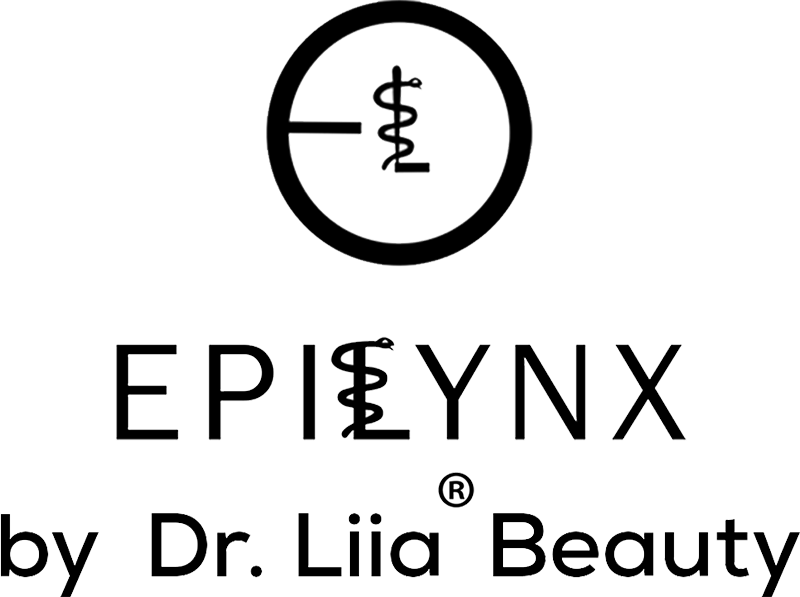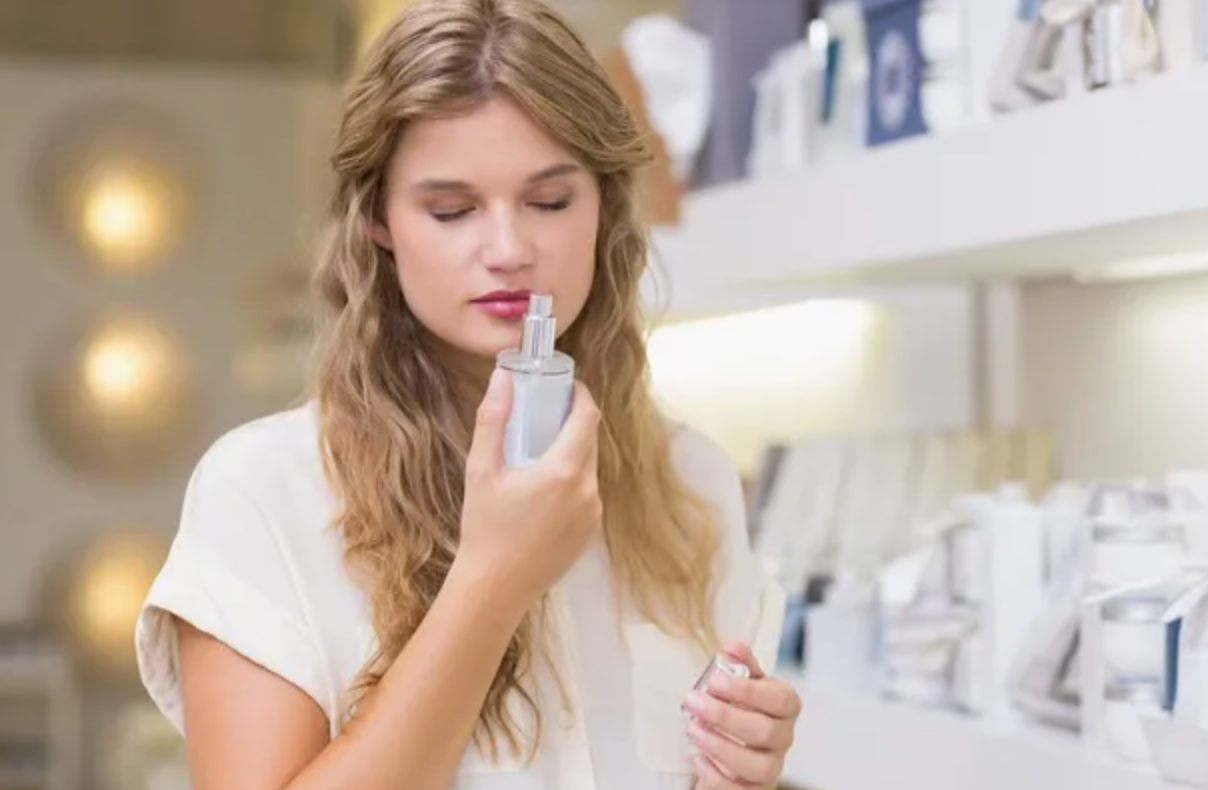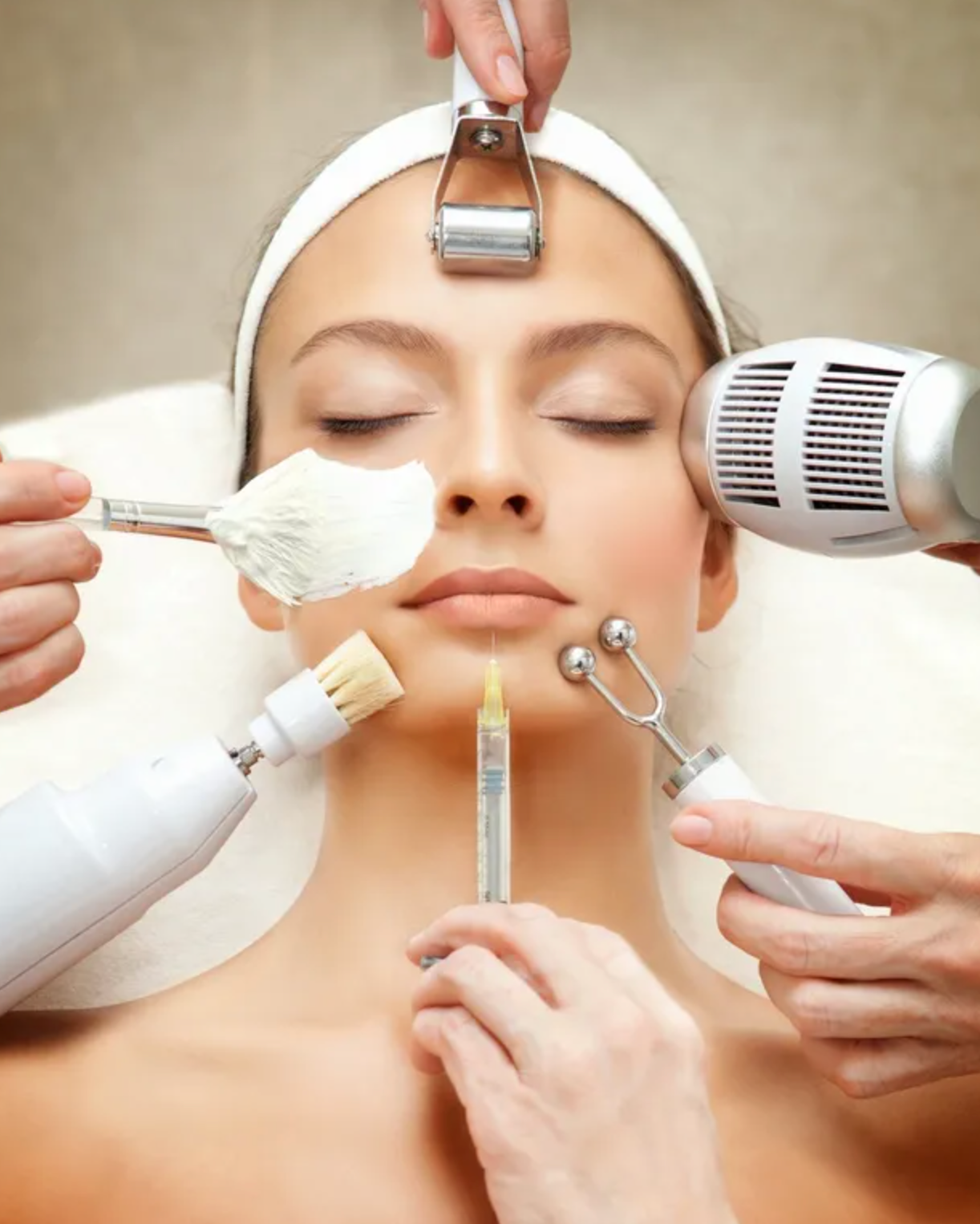
What Does “Medically Clean Beauty” Mean in 2023?
What Does “Medically Clean Beauty” Mean in 2023?
Clean beauty is associated with natural beauty, green beauty, and all other types of beauty that deviate from the norm. But at its core, what does the clean beauty movement stand for?
Since there’s no legal or official definition, many brands have taken it upon themselves to define clean beauty according to their agendas.
What is the Clean Beauty Movement?
To us, a clean beauty product must satisfy these two main criteria:
1. Chemically and Medically Clean ingredients
At its core, clean beauty means that you can use a product without risking your own health. The ingredients list must contain only safe, clean ingredients.
Not just chemically but also medically. Meaning no allergens or possible ingredients that will not pose a health risk to you.
2. Transparent labels
When a beauty brand makes an effort to list all of its ingredients and label accordingly, it is on the right path to clean beauty. However, not all brands are transparent.
A good example of lack of transparency in the beauty industry is including fragrance in beauty products. Fragrance is not an ingredient, but since the industry is highly unregulated, companies can hide ingredients under the umbrella term “fragrance.”
Another example of non-transparent labels is misleading the consumer based on packaging. Brands can falsely label their products with buzzwords like “natural” and “eco” in order to capture the conscious consumer’s attention. This is called “greenwashing” and we’ll elaborate in a moment.
Clean beauty simply doesn’t contain mystery ingredients, and clean beauty certainly doesn’t claim to be something that it’s not.
Clean Beauty is Simple
Were you expecting a longer list of criteria? Perhaps you were expecting words like “natural” and “organic.”
Clean beauty isn’t about being 100% perfect. This means that yes, man-made ingredients are clean as long as they’re safe and non-toxic. This also means that clean beauty doesn’t have to be all-natural, preservative-free, etc. Clean beauty is synonymous with non-toxic beauty. Medically Clean Beauty is synonymous with beauty free from allergens and products that may evoke an autoimmune reaction (such as in case of celiac condition and psoriasis).
Rather than focus on buzzwords like “natural” and “organic,” switching to clean beauty products focuses on eliminating as many toxins as possible from our daily products.
Clean beauty is also about making ourselves more aware. Since the beauty industry lacks regulation, it’s up to us to become familiar with the most common toxins in our skincare, beauty, body, and hygiene products.
Unfortunately, that means the consumer has a lot of responsibility to pay attention to what’s in her cosmetics.
How to do this without going crazy? More on that in a minute.
There are a few misconceptions about clean beauty that we need to clear up:
Does Clean Beauty Have to Be All-Natural?
Clean beauty has been around for a while, but the movement is rapidly growing. For a long time, products containing only natural ingredients were considered the all-stars of clean beauty. “Preservative-free” is another buzz word surrounding natural beauty.
But, the answer to your question is no, clean beauty doesn’t have to be all-natural.
It’s the twenty-first century, and the science of beauty has evolved to include a plethora of safe synthetics, safe man-made ingredients, and even safe preservatives.
In fact, ALL cosmetics should contain some form of safe preservation to maintain the stability of the formulation.
As long as certain synthetic ingredients are non-toxic and proven to have no harmful effects, they can be incorporated into clean beauty products.
Does Clean Beauty Have to be Organic?
Similar to natural beauty, organic beauty is often confused with clean beauty. Like organic food, there are many benefits of organic ingredients in cosmetics, but non-organic ingredients can be just as safe.
The bottom line: No, clean beauty doesn’t HAVE to be organic.
Yes, clean beauty CAN be organic, but it’s not a requirement. What is a requirement, however, is that those ingredients are SAFE, regardless of whether or not they’re organic.
Does Clean Beauty Have to be Green?
If you thought “clean beauty” had a murky definition, enter “green beauty.”
Green beauty has several associations:
- Plant-derived
- Vegan
- Cruelty-free
- Eco-friendly
- Sustainably sourced
Phew, that’s a lot!
While these criteria all sound great, a beauty product can exhibit all of these characteristics and not be clean if it contains toxic ingredients.
Vice versa, a beauty product can have purely safe ingredients, but they may be conventionally sourced or contain animal products (i.e. honey, beeswax, silk, etc.). In this case, the product is still clean since it’s non-toxic, but it’s not considered green.
So no, clean beauty doesn’t have to be green.
Clean Beauty Recap: Can You Have it All?
So, you just found out that natural, organic, green beauty products aren’t necessarily clean right off the bat.
We know how you feel. We’ve been misled by the beauty industry, too. They have us believing that the products we smother on our faces are good for us because of what they say on the label.
If you’re questioning the products on your shelf—good. That’s what we want you to do. We want you to question labels like “natural” and “green” because the truth is in the ingredients list.
This doesn’t mean that ALL of your favorite products are toxic, though. You may have some clean beauty faves on your shelves without even realizing it.
What we want to do is empower you with the knowledge to decipher between clean and toxic products.
In order to know what to look for, you have to know what to avoid.
The Opposite of Clean Beauty: Toxic Beauty
There is a whole world of clean beauty products out there. From online stores like Amazon to our go-to beauty meccas like Ulta and Sephora, you can almost always find clean alternatives to your not-so-clean favorites.
But finding clean beauty brands takes a little bit of work, especially if you’re new to non-toxic beauty.
To start, let’s take a look at some of the red flags that give it away when a product is clearly toxic.
What is “Greenwashing”?
The second criteria for clean beauty is having transparent labels. This is where greenwashing causes some inconsistencies in some brands’ product labels.
Imagine strolling down the aisle in Sephora with one goal in mind: to find the perfect, healthy moisturizer that won’t poison you. Your eyes land on a pure white jar with emerald green lettering. The words “all-natural ingredients” jump right off the packaging, and you are sold. Without checking the ingredients—because the product is clearly labeled “natural,” so why bother?—you feel confident you found exactly what you’re looking for.
What you’ve just experienced is greenwashing.
Greenwashing occurs when a company uses advertising and marketing to convey the false message that their products are good for you and/or the environment. Many companies want to appeal to conscious consumers who care about their health and sustainability.
Rather than implement practices to make healthier and environmentally friendly products, companies resort to greenwashing their products to capture consumers’ attention without delivering on their promises.
How is greenwashing even legal?
Companies can easily get away with using labels that mislead consumers because certain claims aren’t regulated by the FDA.
Aside from the lack of FDA regulation, the FDA doesn’t even have standard definitions for most of the claims used on beauty products.
This means that cosmetic companies have full creative control about what they consider to be organic, natural, etc. since the FDA doesn’t regulate or define these claims.
Claims to be cautious of:
- Organic
- All-natural
- No harmful chemicals
- Cruelty-free
Top 10 Toxic Ingredients to Avoid At All Costs
If you wanted to know the safety or toxicity profile of every cosmetic ingredient, it would become your full-time job. As we’ve just demonstrated, you can’t even trust product packaging to know whether a product is what it says it is. So, how do you eliminate toxins from your beauty routine?
Start with these 10 toxic ingredients to avoid at all costs:
- Parabens like Propylparaben and Iosbutylparaben
- Fragrance
- Chemical UV filters Octinoxate and Oxybenzone
- Diethanolamine (DEA)
- Triclosan
- Phthalates like Dibutyl phthalate
- Sodium laureth sulfate (SLS)
- Formaldehyde
- Polyethylene (PEGs) like PEG-10 laurate
- Butylated hydroxyanisole (BHA)
The Bottom Line: Chemically and Medically Clean Beauty in 2023
There’s a lot of misinformation when it comes to cosmetic formulas. You can’t even trust what’s written on the box or bottle because of the lack of FDA regulation.
Fortunately, you don’t have to be left in the dark about what’s hiding in your products.
Key takeaways:
- Clean beauty means that a product is safe, non-toxic, and has transparent labeling of ingredients.
- Just because a product is organic, natural, or green, doesn’t mean it’s non-toxic.
- The FDA doesn’t regulate or define claims often used in greenwashed products.
- Fragrance in cosmetics is used as a loophole to hide toxic ingredients.
We’d love to hear from you! Drop us a line at glutenfree@epilynx.com to let us know what you think about clean beauty or to ask us any questions.
Reference:
https://thegoodfaceproject.com/articles/what-is-clean-beauty#:~:text=Clean%20beauty%20means%20that%20a,often%20used%20in%20greenwashed%20products.



Leave a comment
This site is protected by hCaptcha and the hCaptcha Privacy Policy and Terms of Service apply.